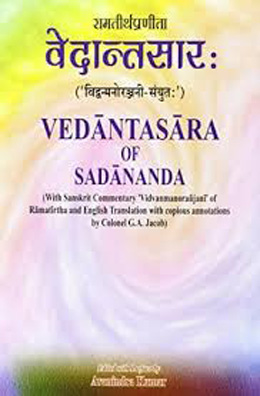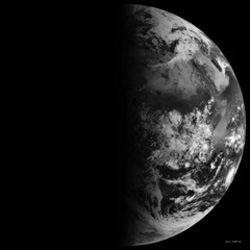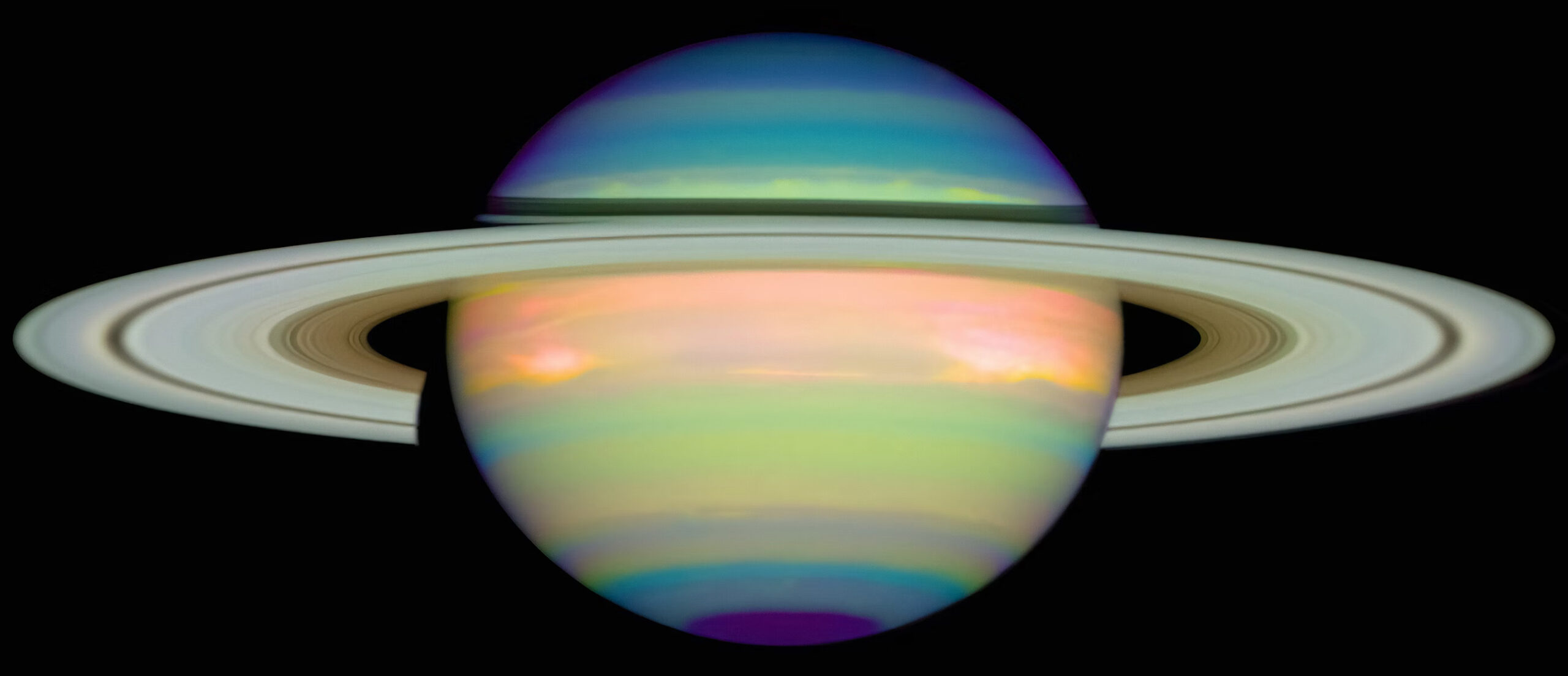Spring | Summer | Fall | Winter | |
2025 | Volume 67 |
| Volume 65 | Volume 66 |
Volume 32, 21 March 2016
“Silently one by one, the infinite meadows of heaven, blossomed the lovely stars, the forget-me-nots of the angels.”
The Scorpion Lights Up
Both Saturn and Mars will be turning up the heat as they move through their transit of the constellation of Scorpio. They will soon enter the retrograde portion of their cycle where they will be brighter than usual. Saturn goes retrograde on March 25th and will be direct again August 13th. Mars follows on April 17th through June 29th. These two malefics will be exerting powerful influences especially for natives who are in a Mars or Saturn planetary cycle.
June 18th Mars will be retrograding back into Libra breaking up this powerful association temporarily. It goes direct on June 29th and and moves back into Scorpio July 13 where it rejoins Saturn.

When Saturn and Mars travel together, it is like driving a car with the accelerator and the brake engaged. This is not so good for the transmission. The analogy applies to points in the chart that might be susceptible to “wear and tear”. For example, if these two grahas are moving through the second house of speech which already has affliction, the native may be wreaking havoc in their world by their pointed and harsh speech. Such a person needs to take a tip from the “cosmic mechanic” and be mindful of the impact of speech and how hard it is to take back something that was hurtful.
The Personal Touch - Upaya of Seva
The Vedic tradition is a compassionate tradition offering many ways to improve oneself in life and bring in more light and grace.
One of the most effective ways is to uplift the life of another sentient creature especially a human being. This is a “do no harm” seva. No matter what the issue is, no matter if the chart is right or wrong, reaching out to a human being with compassion and respect is always a powerful act.
Even with the attitude of not needing anything in return, the reward is instantly there. There is no denying the feeling of connection that comes from helping someone and that feeds back into an increased sense of purpose. Considering that many of the planetary configurations that are problematic result in some sense of separation or disenfranchisement, selfless service to another is the perfect antidote. Often this kind of service is in the context of a community group project which even more powerfully reverses the sense of not belonging.
There is another reason that this is such an efficacious remedy. Seva requires our time. In our fast paced world, time is our most precious commodity. It takes quite a commitment to freely give of ourselves but that is the point of upaya. To be truly effective, there should be consistent effort that is nonetheless carried out with an open heart.
The most appropriate kind of seva can be determined in the chart by enlisting a strong graha to help the one that needs assistance. For example, if the person is advised to feed homeless people to help them through a period when Rahu and Ketu may be riling things up, perhaps their strong Jupiter can get them over the hump by organizing a holiday meal for them with other members of their local temple or church. If you only recommend an upaya for a weak graha, will the person really have the will to follow through? I know so many people who have good intentions but that is about it. So any upaya recommendation needs to be linked to a “can do” graha that helps along the one that is in distress.
Jyotisha and its Role in Vedic Heritage

I often have occasion to ask a group their definition of Jyotisha (or Vedic Astrology if they are Westerners). I almost always hear back that it is about horoscopes and predictions. While it is certainly true that Jyotisha addresses both of these, its role in the Vedic tradition is much more central and celebrated.
There is a venerable text called Vedantasara which lists at the very beginning all the qualifications necessary to study Vedanta, the crown of the six systems of Indian Philosophy. Among those qualifications, it says “the competent student is an aspirant who by studying in accordance with the prescribed method the Vedas and Vedangas, has obtained a general comprehension of the entire Vedas”. It goes on from there but for our purposes, we need to look into what is meant by Vedanga.
The word Vedanga is a compound combining Veda (supreme knowledge) and anga (limb). So a Vedanga is a limb of the Veda - auxiliary knowledge that supports the main body of knowledge. The text then goes on to list the six Vedangas. We will cover each one in subsequent newsletters but the central point is that the most important one of the six, the so called “eyes of the Veda”, is Jyotisha.
Jyotisha thus sits right in the heart of the tradition alongside the other Vedangas that provide such critical knowledge as the right way to do the rituals and the comprehension of the grammar of the verses. Without the Vedangas, Vedic knowledge would have deteriorated over the vast expanse of time.
In the great root text of Jyotisha called Brihat Parashara Hora Shastra, the student Maitreya approaches the great sage Parashara to ask if he would teach him the greatest of all the Vedangas (paramam vedangam uttamam) which is filled with grace (punyam) and the knowledge of which is hidden (guhyam) so only those supremely qualified will come to know it.
Why does Jyotisha have this status in the tradition and what are the other Vedangas? Stay tuned!
Media Corner - The Eastern Window

I am very excited to share with you that I am going to be writing a column in The Mountain Astrologer called The Eastern Window. The first issue containing the column will be the June/July issue. The purpose of the column is to introduce basic ideas in Jyotisha to the Western Astrology audience in a way that is charming and comprehensible while being authentic and accurate.
Please give me your feedback should you happen to see the column.












